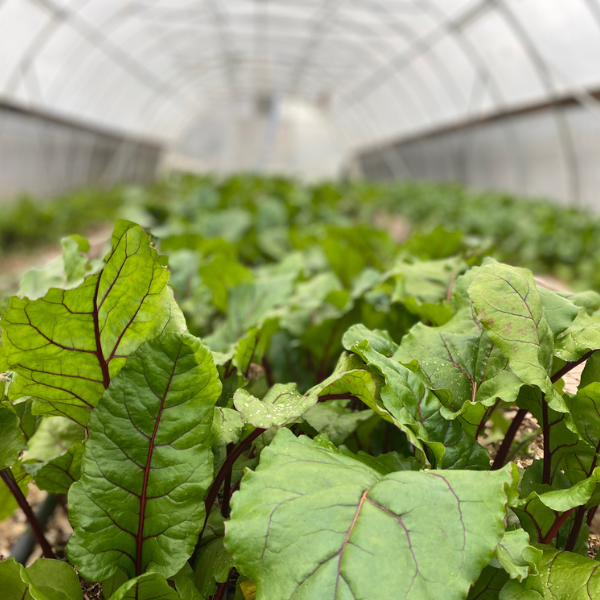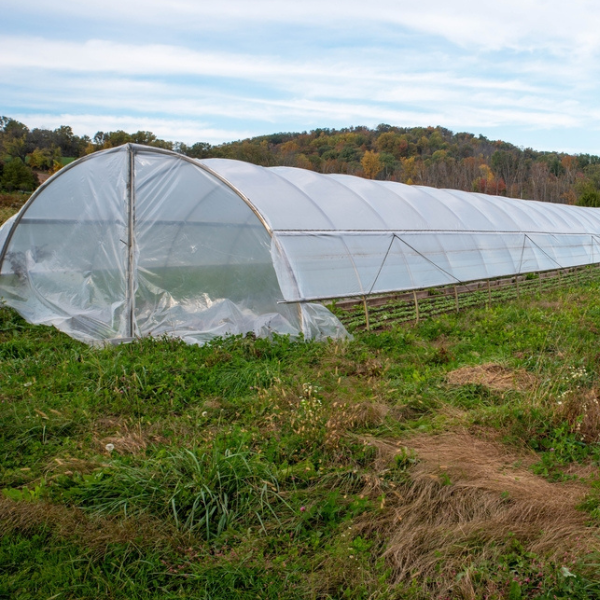
How To Protect Your Greenhouse From Mold
Are your greenhouse plants looking unhealthy, with stunted and droopy leaves? Your plants could have a water mold infection. Of all the pathogens that affect greenhouse plants, water molds are some of the most destructive.
Water molds are difficult to identify as they are not as obvious as other types of mold and mildew. They are also challenging to treat and won't respond to common fungicides.
If you suspect that your greenhouse plants have water mold, don't worry, you're in the right place. This article will explain what these organisms are, how to control them, and how to avoid them.
Common Types of Water Mold
There are three types of water mold that commonly appear in greenhouses. These water mold organisms are more like algae than water fungus, which is why most fungicides don't kill them. Here's a breakdown of the different types of water mold.
Pythium
This type of water mold causes root and stem rot. In certain conditions, it can also cause leaf blight.
One of the biggest problems with this mold is that it releases millions of water-borne spores. These can easily move through your irrigation system and contaminate other plants.
It is often found in greenhouses with recirculating water systems. Pythium is difficult to identify as it can infect plants for a long time before they start to show symptoms.
Plasmopara
These parasitic organisms cause downy mildew. Their spores spread through the air and can rapidly infect your whole greenhouse.
Downy mildew affects species of ornamental flowers as well as some herbs. It is most prevalent in spring when temperatures are moderate and humidity levels are high.
It is easier to identify downy mildew than the other types of water mold as it infects plants fruit, flowers, and leaves.
Phytophthora
This species of water mold is particularly damaging to edible plants and trees. It affects the entire plant and causes the roots and foliage to rot.
The spores move through wet soil and are often spread on your shoes as you walk around. It affects a wide range of different plant species and can kill plants outright.
There are over a hundred different species of Phytophthora. They thrive in poorly drained soil and the spores can survive for years.

Symptoms of Water Mold
Identifying an outbreak of water mold is crucial to prevent it from spreading throughout your greenhouse. Water molds thrive when there is high relative humidity and moderate to cool temperatures. It is worth being extra vigilant and inspecting your plants daily during these conditions.
The first sign of moldy plants is drooping leaves and wilting. This symptom is common to all the different types of water mold. It is important to take note of how dry the soil is. If the soil is wet and your plants are wilting, water mold may well be the culprit. Keep any dogs or pets away from moldy areas of your greenhouse.
With downy mildew, the upper side of the leaves can lose their color and turn yellow. These discolored spots are not uniform and appear as irregular patterns. If the conditions are humid enough you may notice white, fuzzy patches underneath the leaves.
It is important to note that these symptoms are not always present. They depend on the species of plant and the humidity. Eventually, the lower leaves of the plant will wither and drop off.
The symptoms of root rot from Pythium and Phytophthora are also wilting and some discoloration of the leaves. Plants will often look stunted with smaller leaves than normal. Once the mold is well established the stem of the plant will often have black streaks.
How to Avoid Water Mold
The best way to prevent water mold is to carefully manage how you water your plants. Make sure that you water your plants at ground level and not from an overhead system. It is important to avoid watering in the late afternoon.
Watering at midday allows the leaves to dry out before nightfall and reduces the humidity of your greenhouse. By doing this you can keep the leaves of your plants as dry as possible.
By keeping the relative humidity of your greenhouse below 85% you can stop water molds from releasing spores. Any spores that are present will not germinate below this level. In humid climates, you can use fans to keep the air moving.
Try to keep the floor and walkways in your greenhouse dry and puddle free. Removing any weeds will also help to reduce the spread of any pathogens. Using weed control plastic is a great way to effectively control weeds.
If your water comes from a pond or tank make sure that the intake pipe is clear of the bottom. The sediments found at the bottom of ponds are often full of water mold spores. You can filter these out with a sand filter if you have no other option.
Another way to avoid water mold is to improve your soil drainage. If you have clayey soil you can add shredded leaves or compost. This organic matter helps to drain the soil.

What to Do If You Have Water Mold
As soon as you identify water mold on any of your plants you need to remove them from your greenhouse. It is a good idea to remove the surrounding plants too. Don't add the infected cuttings to your compost pile as this will spread the mold.
Trim excess foliage away from the affected plants and remove any dead leaves. This will improve the air circulation and lower your level of relative humidity.
Mitigating water mold is not easy as these pathogens are resistant to most fungicides. One way to control them is by introducing beneficial fungi found in products like Soil Guard and Root Shield.
There are some specialist fungicides that can reduce the intensity of a water mold outbreak. Stature DM is one fungicide that will effectively target downy mildew and phytophthora.
Preventing Water Mold in Your Greenhouse
With water molds, it's certainly true that prevention is better than the cure. Reducing the likelihood of a water mold infestation is much easier than trying to treat one.
The best way to prevent water mold is by keeping the relative humidity of your greenhouse low and not overwatering your plants.
If you'd like to grow plants in a greenhouse take a look at our greenhouse supplies. Our Greenhouse Kits are simple to install and customizable for any size space.